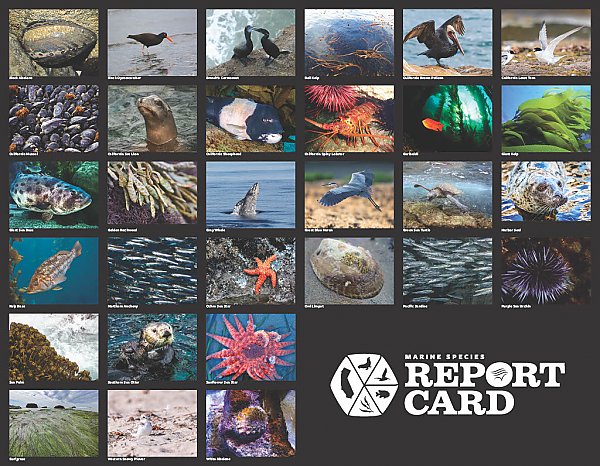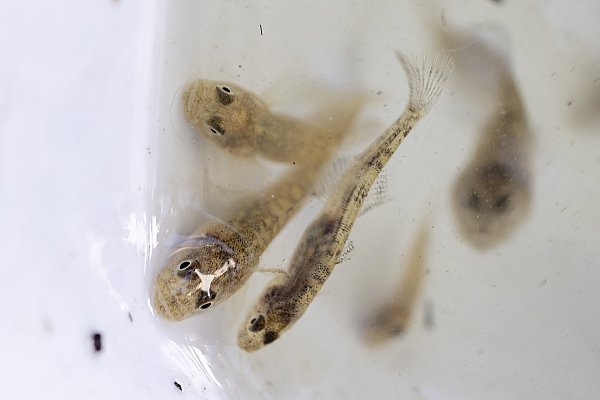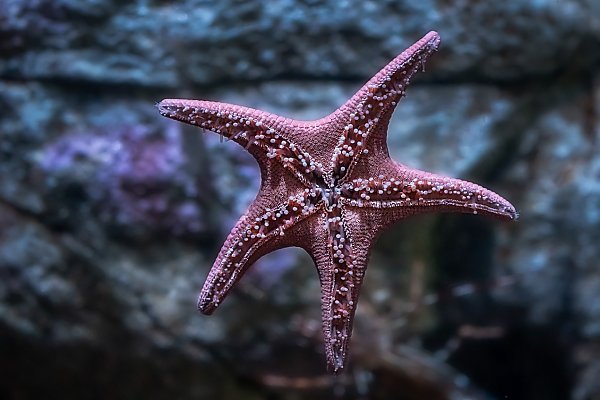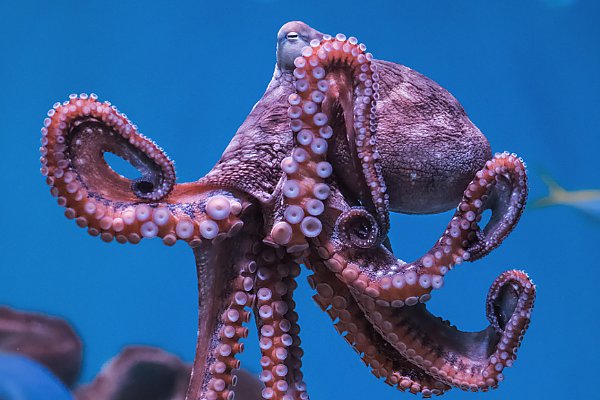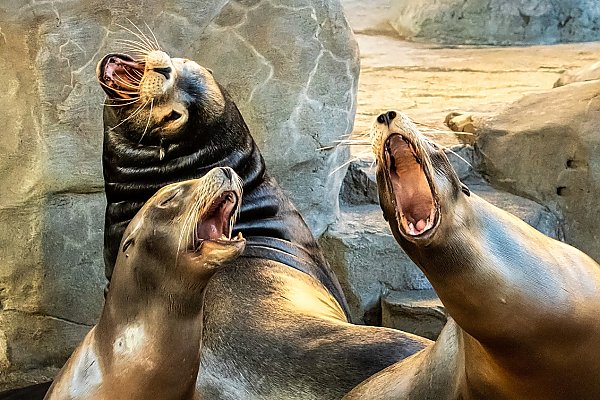The Aquarium of the Pacific Launches Its Inaugural Marine Species Report Card, a First of Its Kind, Free Public Resource
Research provides in-depth updates on 30 marine species in SoCal with goal to motivate actions for protection
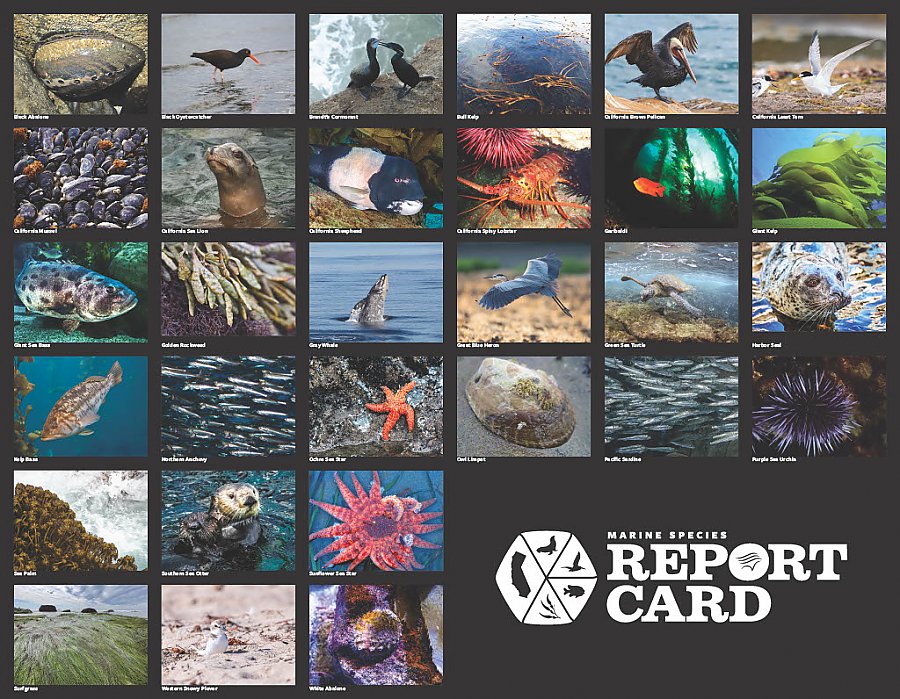
Credit: Aquarium of the Pacific
February 6, 2025
February 6, 2025, Long Beach, California— To further its mission of engaging the public in ocean conservation, the Aquarium of the Pacific launched its first Marine Species Report Card today. An abundance of monitoring exists for CO2 and many other environmental variables that can be observed from satellites, or with drones, and that do not hide or run away. In contrast, we often do not know what is happening to local marine species, even though we suspect climate extremes and coastal development may be taking a toll on them. Documenting population trends of plants and animals is key. Biodiversity and ecosystems are collections of species – species are the building blocks of nature. Only by knowing what is going on with species can we hope to foster a vibrant natural world. The Marine Species Report Card combines the work of scientists, researchers, government agencies, and others from more than a dozen institutions to assess the status of thirty key California coastal species.
“Knowing which species need intervention requires knowledge of their population. If we know a species is declining, we might be able to take action before it is too late,” said Dr. Peter Kareiva, Aquarium of the Pacific president and CEO.
The Aquarium gathered leading experts from across the state to develop this new tool, which can serve as a resource and guide for action and ongoing research on the state of California’s marine species.
The list includes marine mammals, birds, invertebrates (animals without backbones), fish, kelp, and more. The report card is newly launched on the Aquarium’s website with photos, facts about the species, information on the threats they face, and an arrow icon that indicates the population trend of each animal and whether it is increasing, declining, or stable. Threats include climate impacts, habitat loss and degradation, food web imbalance, human disturbance and harassment, pollution and disease, and extraction. The most widespread threats across the thirty species are under two categories: climate impacts and pollution/disease.
For most species, the accounts provide stories on conservation actions. Southern sea otters, gray whales, and the California brown pelican have experienced a significant recovery and are among the eighteen out of the thirty species on the report card with population trends that are either stable or increasing. Twelve out of the thirty species on the list are experiencing population trend declines that are cause for concern and signal a need for further protection. These include giant kelp, bull kelp, sunflower sea stars, white abalone, and black abalone.
The Aquarium has been working to help many of these species. Some of its conservation projects include growing and outplanting endangered white abalone for restoration efforts in the wild, preserving bull kelp, helping rescued southern sea otters, monitoring and rehabilitating green sea turtles, documenting local whale populations through the photo I.D. program, raising baby sunflower sea stars, and contributing to the community science initiative, Spotting Giant Sea Bass. The Aquarium also offers opportunities for the public to help SoCal marine life, including its monthly wetlands habitat restoration, beach cleanups, and other volunteering opportunities.
When visiting the Aquarium, the public can see more than a dozen species listed on the report card such as southern sea otters and white abalone. The Aquarium also offers daily harbor tours and whale watches aboard Harbor Breeze Cruises, which provide the chance for the public to see and learn about other species listed on the report card, including the eastern north Pacific gray whales, brown pelicans, seals, sea lions, and giant kelp.
“The report card serves as a valuable tool for the public and policy makers, especially students and teachers, to better understand our ocean neighbors and serve as a motivation for sustained protection measures. Our hope is that this resource will inspire people to support conservation efforts in a variety of areas from engaging in science to promoting environmental legislation,” said Jennie Dean, Aquarium of the Pacific vice president of education and conservation.

Credit: Aquarium of the Pacific
To assess changes to populations of species, long-term monitoring programs are vital as are programs to restore California’s coastal ecosystems. The species depend on the habitats they live in, and we—as people—depend on these species. With knowledge is power… power to save a species before it reaches a critical point. To learn more, you can access the Marine Species Report Card online. Funding for the Aquarium’s Marine Species Report Card is provided by The Dorrance Family Foundation through their Marine Conservation Initiative.

